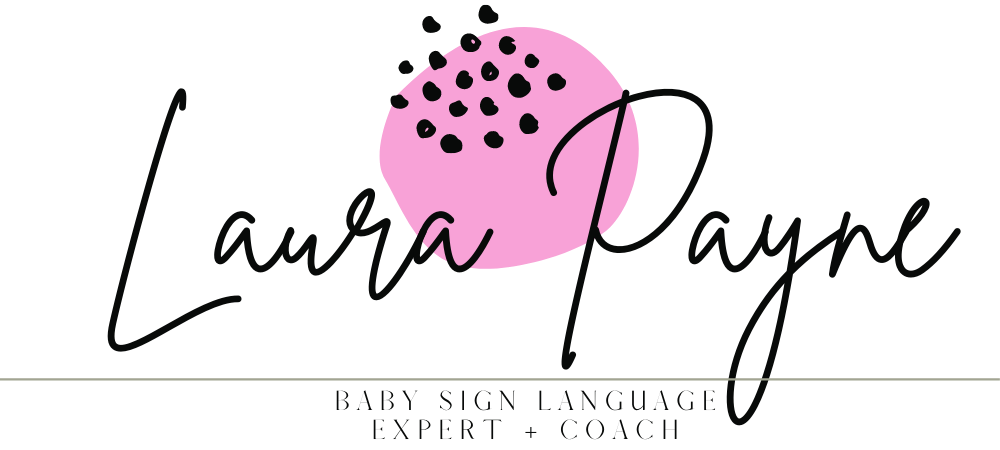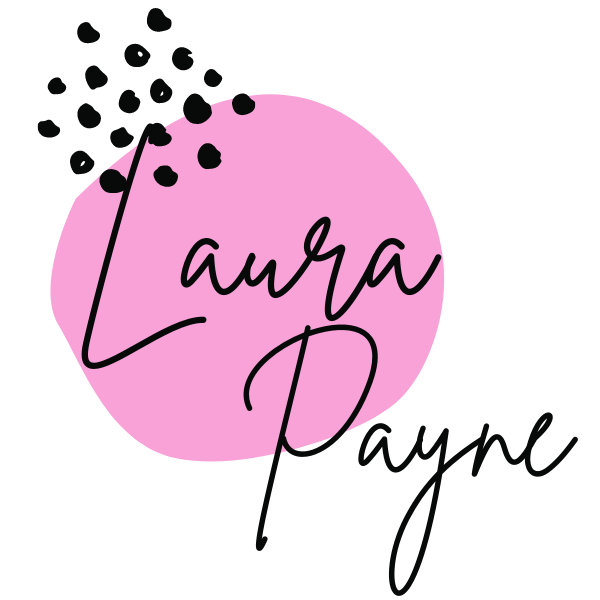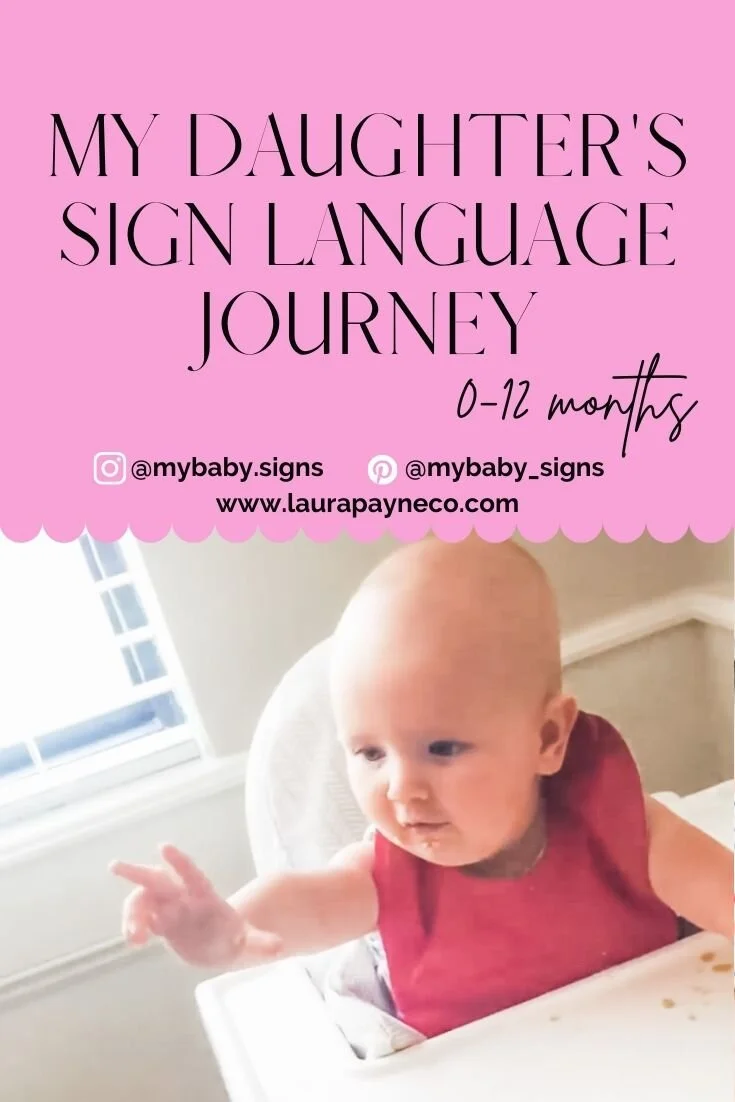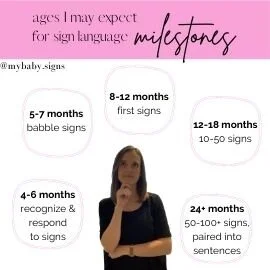How I Taught My Daughter Sign Language Before Her First Birthday
I have loved the Deaf culture and sign language since I was a little girl. To many close to me, it was not surprising that I became a Teacher of the Deaf and also began to sign with my daughter when she was a newborn. I’m often asked “how did you do it?” “how many signs did she learn?” “how did you know what signs to use with her?” I’m spilling all the beans in this post!
If you don’t already, please follow me on Instagram for more about how sign language can be a game charger for your baby / toddler’s early communication skills.
I began signing with my daughter because I hoped for her to grow to love the Deaf community and build friendships along the way. I knew of its benefits to early communication, but that was not my intent initially.
Once she began signing back around 6 months, I began to witness first hand how wonderful it was for her to communicate with us in a way that was more meaningful. She was getting what she wanted faster, and we weren’t as stressed playing the guessing game, trying to go down the list of what she could possibly want.
Interested in teaching your baby too?
Look Who’s Signing Now is my signature four part course that teaches you the exact blueprint I use to teach my own children sign language. Beginning with the foundation of why and when to use baby sign language, how to implement it, and what signs to use. With this self-study e-course, you will have the confidence to sign with your baby and boost their early communication while reducing frustrations, tantrums, and time wasted playing the guessing game.
Check out my online resources for parents! Browse my current offerings.
How I did it
My degrees, certifications, and professional background combined with motherhood molded together. The teacher side of me came very naturally, as I taught many Deaf students who had never been exposed to sign language before entering my classroom. However, baby development and milestones were part of my journey in motherhood.
Teaching strategies. Knowing a skill or fact is only part of puzzle. Teaching that to someone else is not something that comes naturally to many. For me, knowing ASL was only one piece of the puzzle, and teaching my husband signs is very different than using them in a way our baby can learn.
Sign language is not something to sit down and have “practice time” or “sign language time.” Instead, I used signs with intention and some key strategies such as how to model signs, frequent exposure to concepts, learning through play, early literacy, and following the child’s lead.
Language development. While I’m not a speech-language pathologist, or anything close, I have worked closely with many alongside my students and their needs. I navigated the stepping stones from language exposure, babbling, mimicking, generalizations, and word learning as my daughter grew.
I made sure that I was highlighting signs, targeting functional vocabulary, modeling techniques, incorporating meaningful experiences, prioritizing multiple contexts, and intentionally repeating throughout the course of our days.Physical development. I learned about my daughter’s physical development milestones as the weeks went by, and she went from a horizontal baby to a vertical baby sitting up, and finally mobile through crawling and walking.
As I studied more about this, I began to learn how the development of signs coincided with motor development milestones as well. When I began to target signs according to her physical development, I was able to help her communicate using signs she could do at that given age. It was beautiful.
Navigating these elements, finding the balance between them all, and also morphing my approach as my daughter grew turned out to be the perfect “formula.”
My daughter’s signing milestones between 0-12 months
4 months old: recognized the sign MILK
5 months: babbled MILK
6 months old: signed ALL DONE, followed by MILK
11 months old: started to learn signs more quickly
12 months old: signed 12 words consistently, and had 2 consistent spoken words
How I knew which signs to use
Our primary goal with early language development is for our little ones to communicate their needs and wants with us. We want to know when they are hungry, tired, ready to move on to the next activity, need our help, and the list goes on.
I frequently assessed her communication desires:
At first, she needed to communicate that she wanted to be fed.
As she became overly frustrated if she couldn’t do something herself, I realized she needed help more often.
She loved recognizing animals.
She wanted to read books together.
I made sure to target highly functional vocabulary, such as MORE, HELP, and ALL DONE, but I also leaned in to her need to communicate that she wanted to read a BOOK together. That balance pushed us forward, leading to a confident baby and parents.



